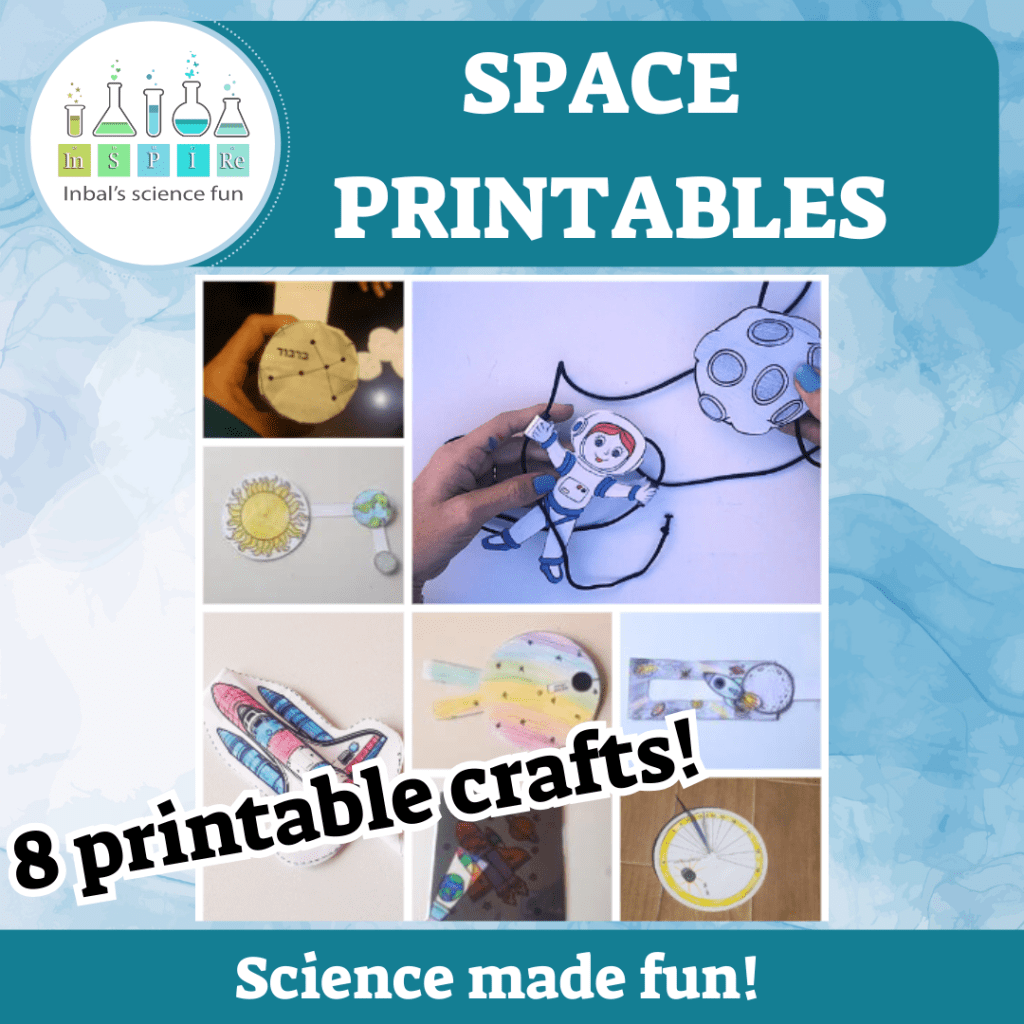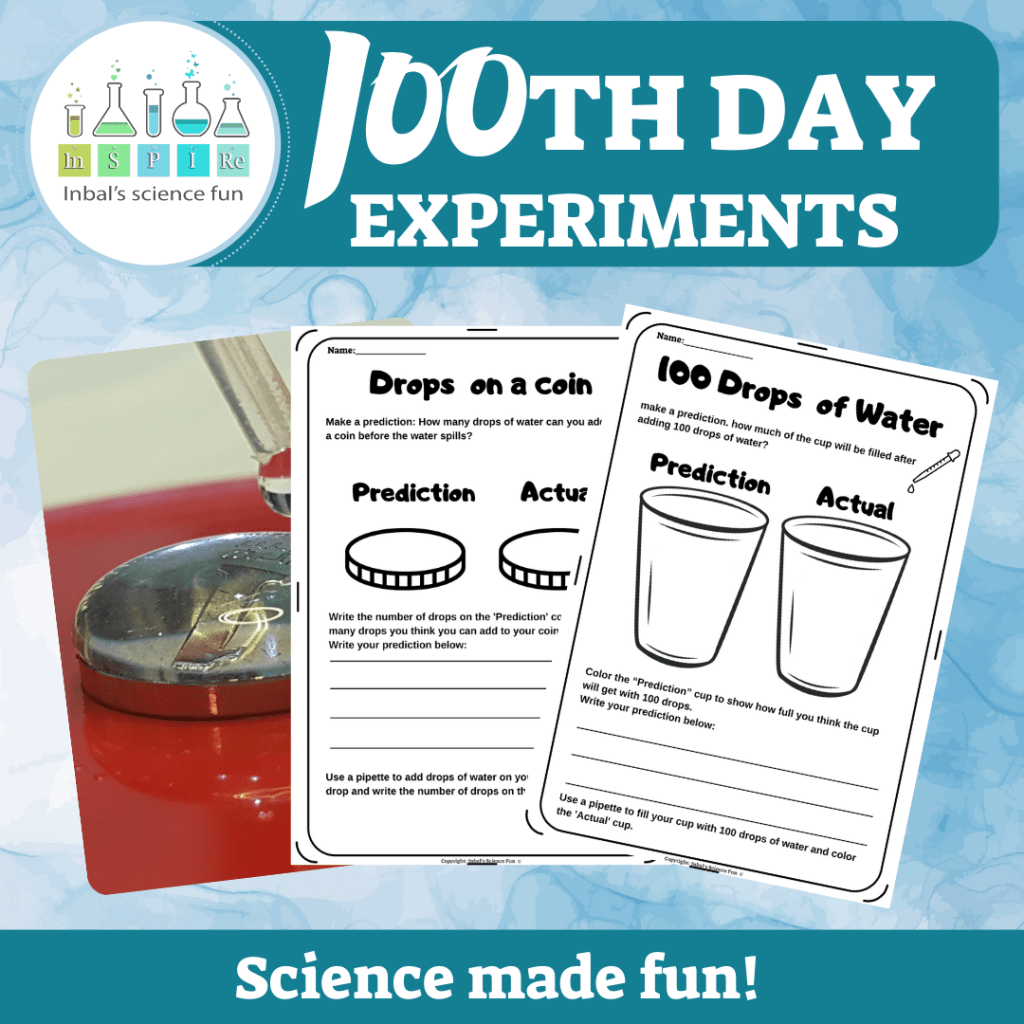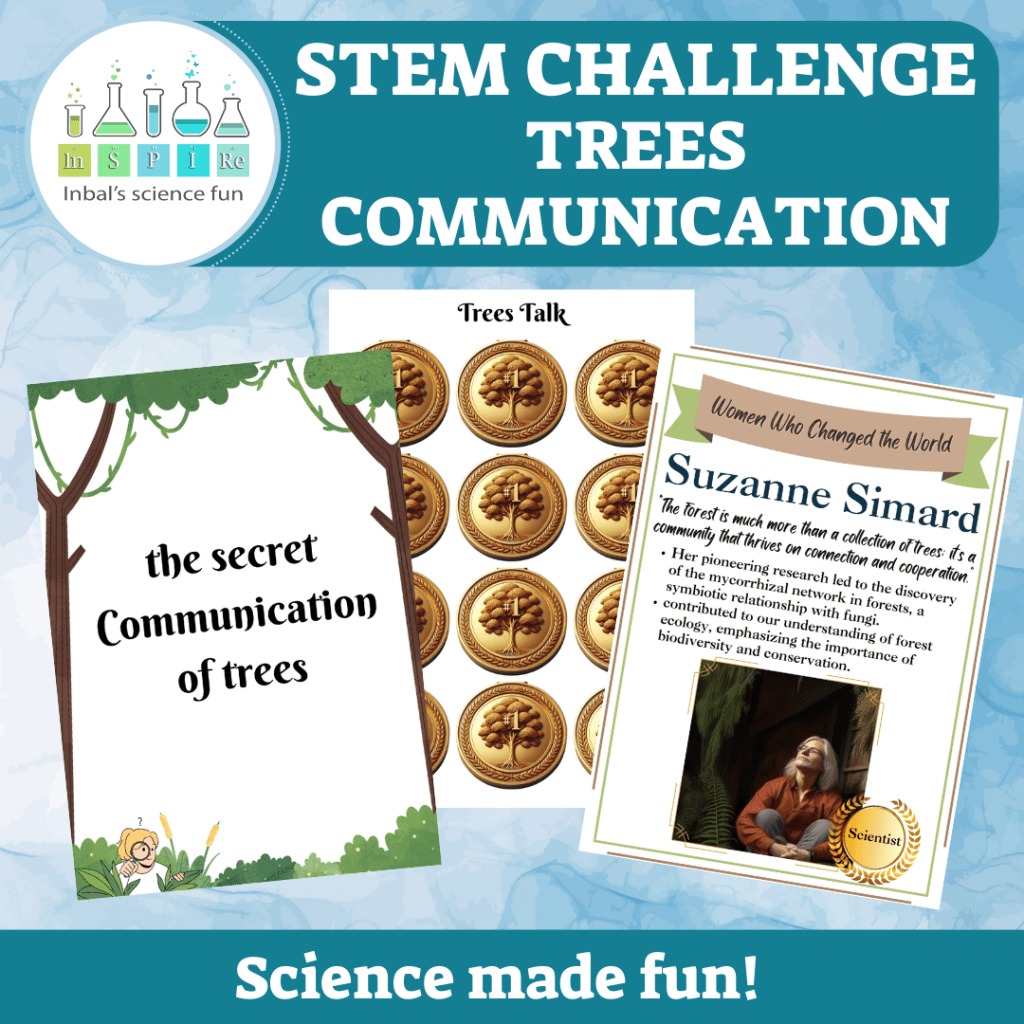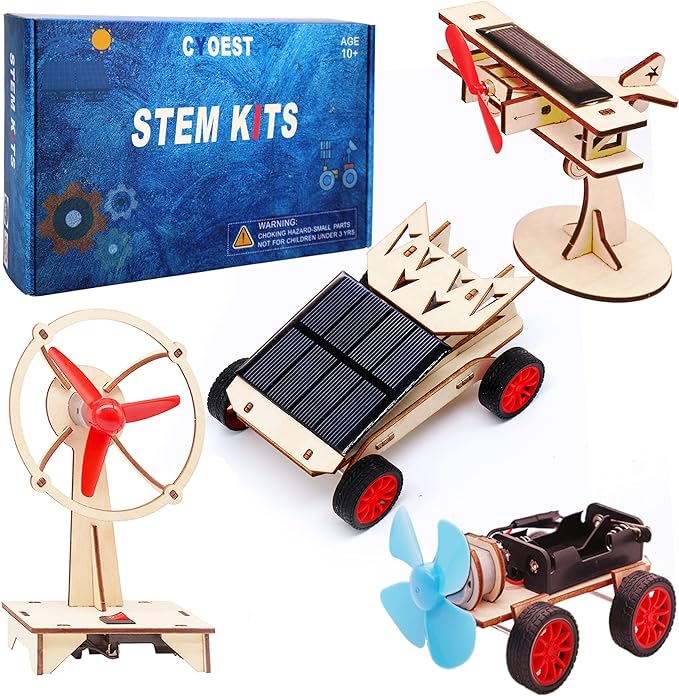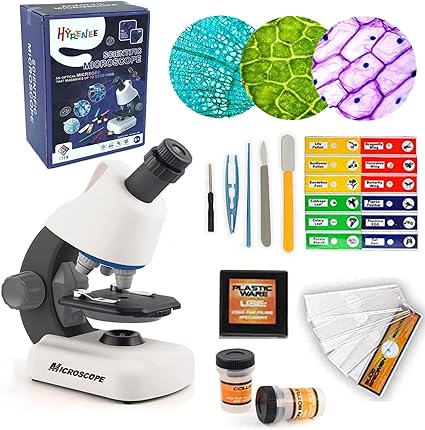A Teacher's Guide to a Successful Science Fair
Putting together a science fair at your elementary school can be a rewarding experience for both students and teachers. Science fairs allow students to explore science through hands-on projects while developing presentation skills. With some planning and organization, you can ensure your elementary science fair runs smoothly and is a valuable learning experience.
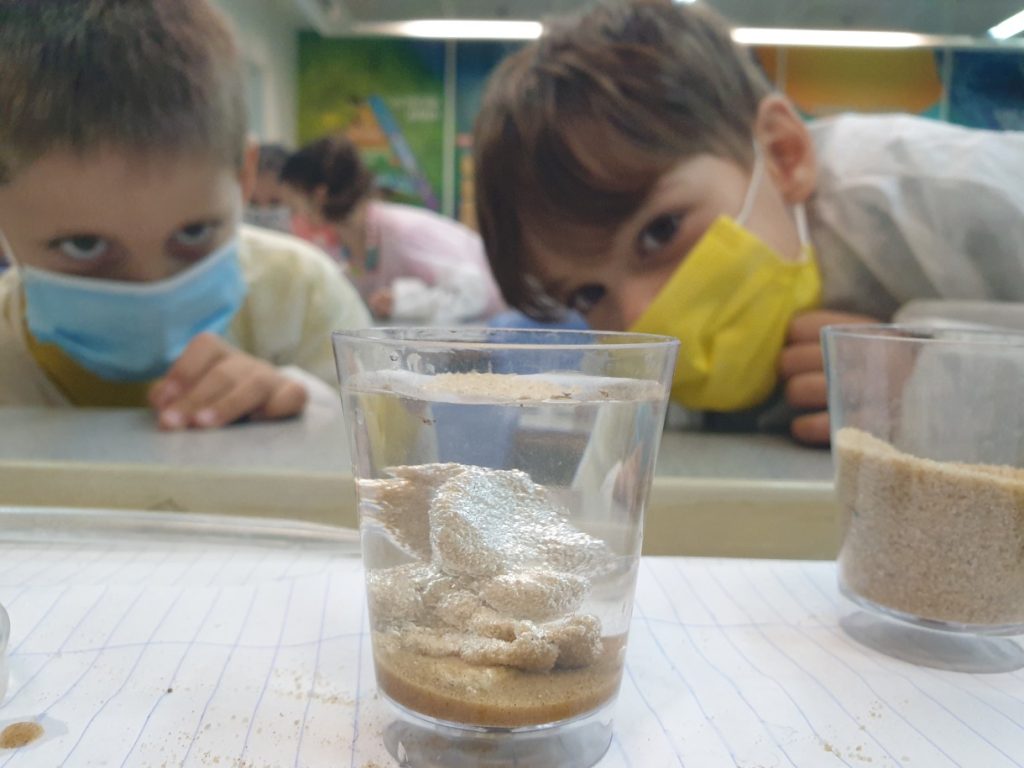
PLAN AHEAD!
Choosing the Right Date
When selecting a date for your science fair, be sure to avoid conflicts with other major school events and testing dates. Science fairs require a significant amount of class time for students to prepare their projects, so you’ll want to schedule it when disruptions will be minimal. Late winter or early spring are ideal times, as students will be able to take advantage of the preceding months to complete their projects.
Securing a Location
The school gymnasium or cafeteria typically offer the most spacious venue for hosting a science fair. Be sure to reserve the location well in advance. See if classroom space can be made available for students to store project materials and set up stations prior to the event.
Establishing Project Guidelines
Provide students with science fair project guidelines detailing important requirements and deadlines. Parameters should include an approved list of categories or topics, safety rules, display size restrictions, and deadline dates for submissions, abstracts, and project completions.
Navigating the Scientific Method
Guide students through the scientific method, emphasizing the importance of asking questions, forming hypotheses, conducting experiments, and drawing conclusions. Showcase examples that make these steps tangible for young scientists.
Cultivating Presentation Skills
Communication is a crucial aspect of scientific inquiry. Explore strategies for teaching students how to articulate their findings in a clear and engaging manner. From creating eye-catching posters to practicing effective public speaking, build confidence in your students.
Encouraging Peer Collaboration
While projects are primarily completed independently, you can facilitate collaboration by conducting whole class brainstorming sessions. Have students share ideas while writing them on the board. Compile the list and allow students time to review it before selecting their topic.
Encouraging Creativity
The science fair offers a creative outlet for elementary students to independently explore scientific concepts. Avoid limiting projects to preapproved subjects or categories. Allow students flexibility to develop an original project that aligns with their interests and aptitudes.
Providing Mentorship
Make yourself available to students for guidance throughout the project process. Schedule regular check-ins as deadlines approach. Help refining ideas, suggesting resources, and reviewing abstracts or reports. Your mentorship will help students remain focused and engaged.
organizing a successful science fair is not just about showcasing experiments; it’s about fostering a love for inquiry and discovery in young minds. With the right preparations, your elementary science fair can offer fun and enriching science learning experiences. Maintaining organized records of guidelines, deadlines, and event details will allow you to coordinate a seamless event year after year. Most importantly, provide encouragement and support to help your students succeed. Through these efforts, teachers play a vital role in cultivating lifelong curiosity and nurturing the scientists of tomorrow.


